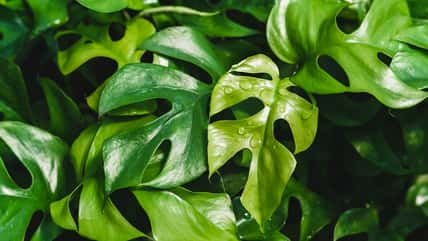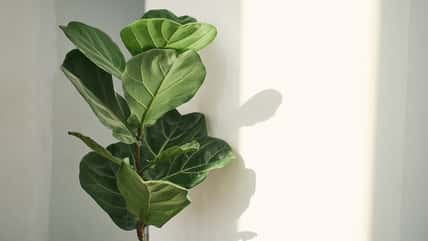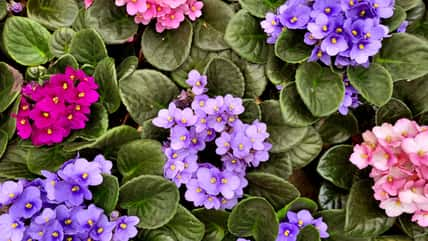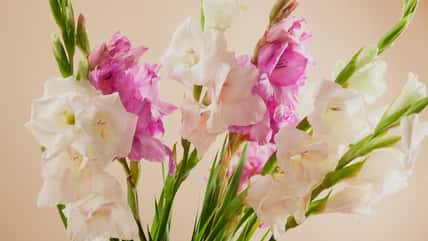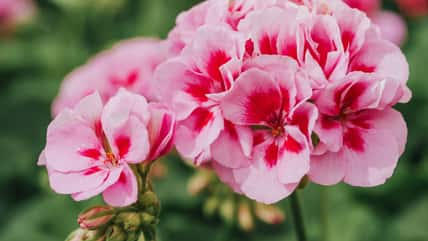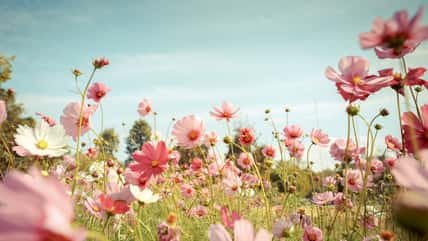7 Herbs And Plants That Grow Without Soil
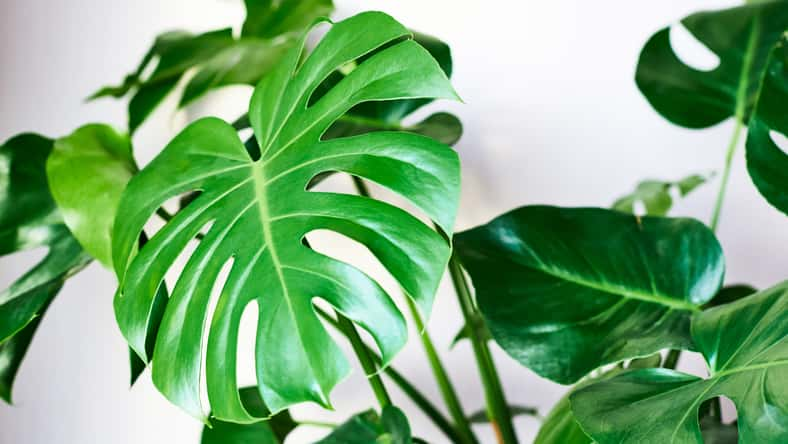
You Don’t Need Dirt To Grow A Garden
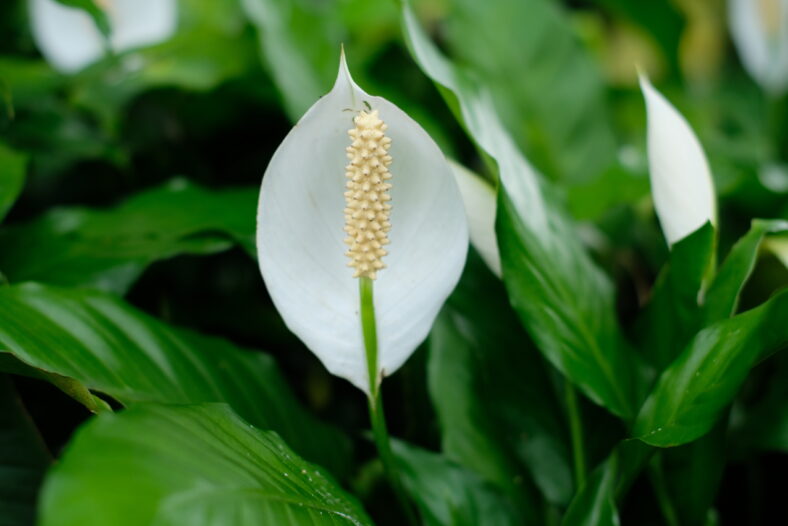
There are plenty of plants that can skip the soil and still thrive in water or hydroponic setups.
No dirt means no mess and no stress. Instead, it means fresh, flourishing greenery without the need to follow a strict watering schedule. You really can have it all!
Here Are 7 Herbs And Plants That Grow Without Soil

Growing plants without soil is also cost-effective, and it’s easier for beginner gardeners to manage. Not every plant can survive in these growing conditions, though. Here are a few options that will still blossom indoors without any soil. So, let’s get growing!
1. Bamboo
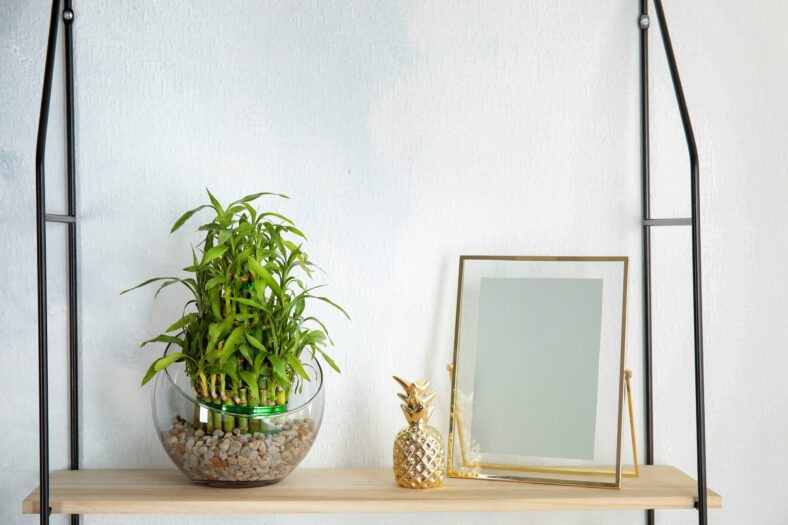
This plant is thought to bring good luck to its grower. I have personally grown a stalk of my own in a glass jar, so I can say it works well.
Bamboo prefers bright, indirect light. It can sprout a lot of leaves that will make it top-heavy, so make sure it is stabilized in its container.
2. Spider Plant

Spider plants have white stripes and arching leaves. They’re pretty easy to grow in water. Its long stems dangle out of the container.
You can snip them off and share them with family and friends so they can grow their own. They can tolerate low light conditions but do best in brighter light. Try not to let the leaves fall in the water.
3. Monstera
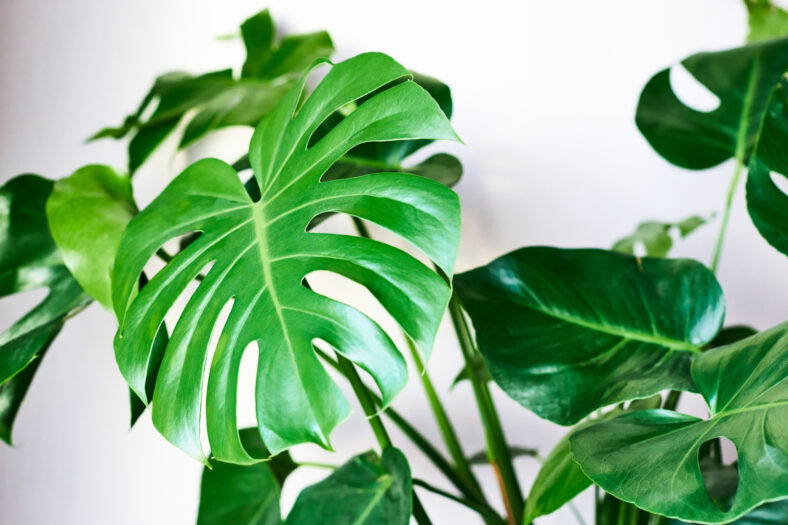
With large leaves that look like Swiss cheese, the monstera plant makes a stunning statement when grown in water.
As the plant grows, be mindful of water quality and provide proper structural support. Its growth will be slower because it isn’t receiving as many nutrients as it would soil, so patience is key!
4. English Ivy
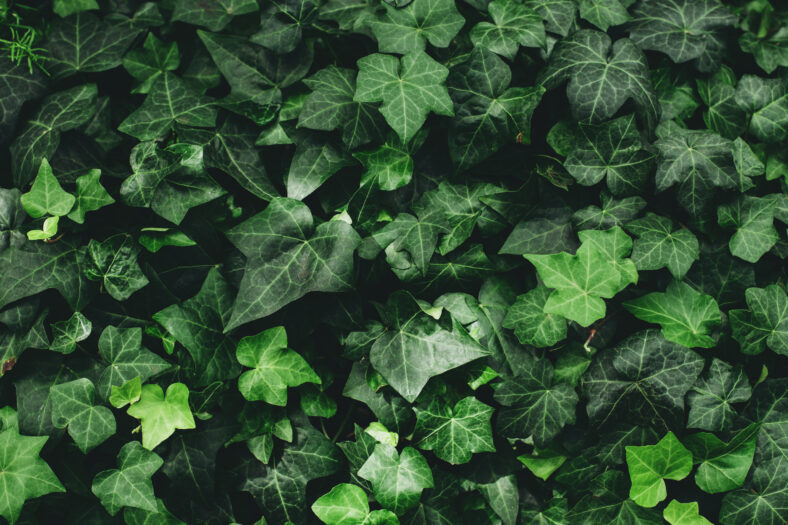
One of the most low-maintenance plants around is English ivy, a popular climbing vine that can thrive under a variety of growing conditions.
It prefers bright, indirect light, though. It has dark green leaves with white veins that will stand out in your home.
5. Rosemary
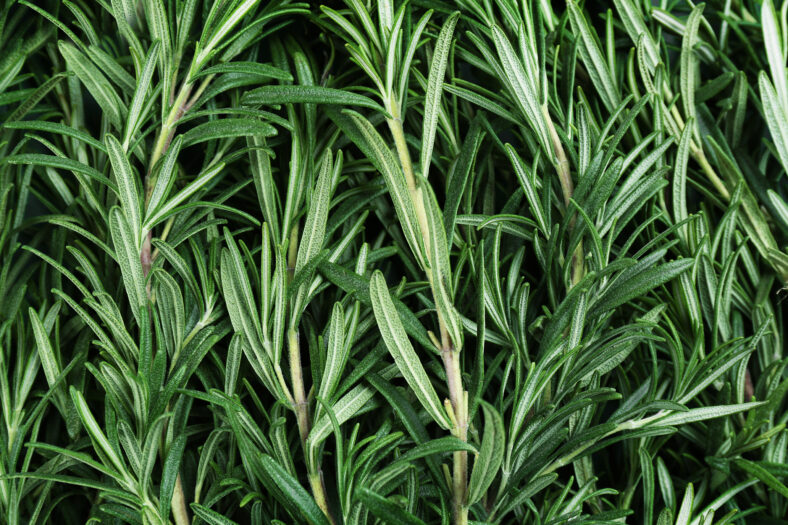
Herbs can be grown in water on your kitchen windowsill, too! Rosemary plants require ample sunlight, at least six hours per day.
Not only will it give off a fragrant scent, but you can also use it for cooking. Rosemary is a hard-stemmed herb, so it may take longer to root, but it will be worth the wait.
6. Peace Lily
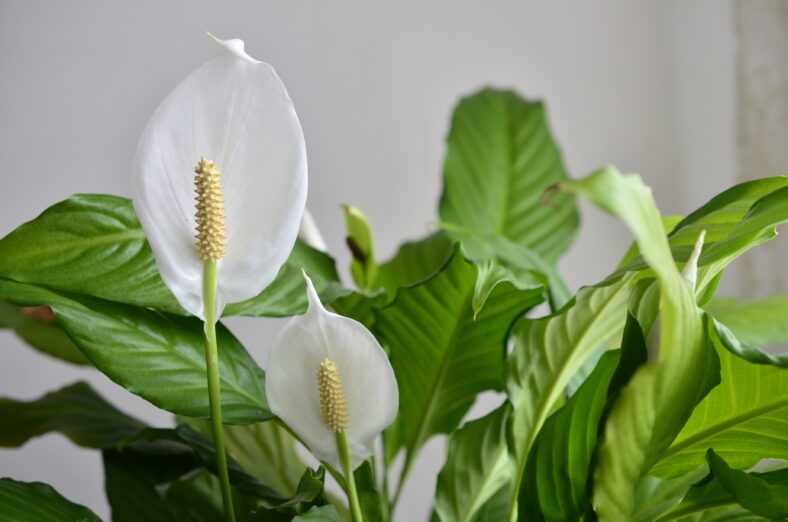
The peace lily adds an air of elegance to any space, no matter if it’s grown in soil or water. In my opinion, they do look even more refined and tasteful when grown in water.
Situate your hydroponic peace lily in a bright location. Make sure to avoid direct sunlight because it can scorch the leaves.
7. Basil

Growing basil indoors in water allows you to experience its refreshing, summery aroma all year long. It’s also a great way to replenish your supply of basil.
When the stems start growing roots, change the water every few days to discourage the growth of bacteria.
More About:Gardening
